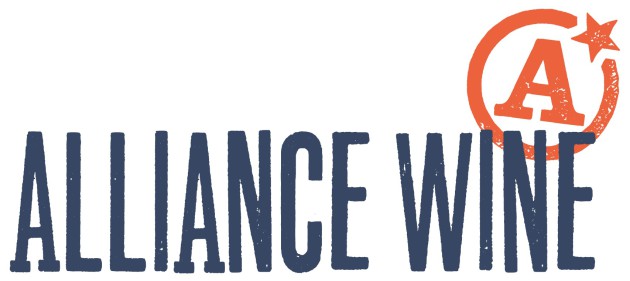
New report backs minimum pricing as consumption rises 42% from 1980
The government department for public health has praised the benefits of minimum pricing after releasing a report which shows that UK consumers are drinking 42% more than there were in 1980.
Members of the trade and health minsters at Public Health England (PHE) face a gauntlet of shifting trends as they try to curb rising alcohol-related NHS costs.
Sales of alcohol in England and Wales have increased from roughly 400 million litres in the early 1980s, with a peak at 567 million litres in 2008, with growth being driven by increased consumption among women, a shift to higher strength products, and increasing affordability of alcohol.
Consumption has since dipped following its 2008 peak however, with more drinkers now going teetotal.
But with such shifting consumer trends - including more people drinking at home - PHE England said it was impossible to pinpoint whether falling alcohol consumption is down to drinkers consuming less alcohol or the increasing proportion of the population not drinking at all.
The government has been considering introducing minimum pricing similar to the 50p per unit imposed in Scotland in 2012 for some time.
PHE looked at a study comparing two differing Australian policies: minimum pricing and also volumetric taxation.
The Australian study showed that while both policies had the potential to reduce heavy consumption of wine and beer without adversely affecting light and moderate consumers, a minimum price would offer the potential to achieve greater reductions in heavy consumption at a lower overall cost to consumers.
As a result of the Australian study and PHE's findings, the report concluded with the summary, that setting a minimum price for alcohol could "reduce alcohol-related harm while saving health-care costs".
The cost to health services (PHE):
1. There are now one million hospital admissions relating to alcohol each year.
2. Ten million people drinking at levels which increase their risk of health harm.
3. Among those aged 15-to-49 in England, alcohol is now the leading risk factor for ill-health, early mortality and disability and the fifth leading risk factor for ill-health across all age groups.
4. Liver disease which has increased more than four-fold since 1970.
5. More working years of life are lost in England as a result of alcohol-related deaths than from more than 12 types of cancer combined.
6. Most alcohol is now bought from shops and drunk at home.






